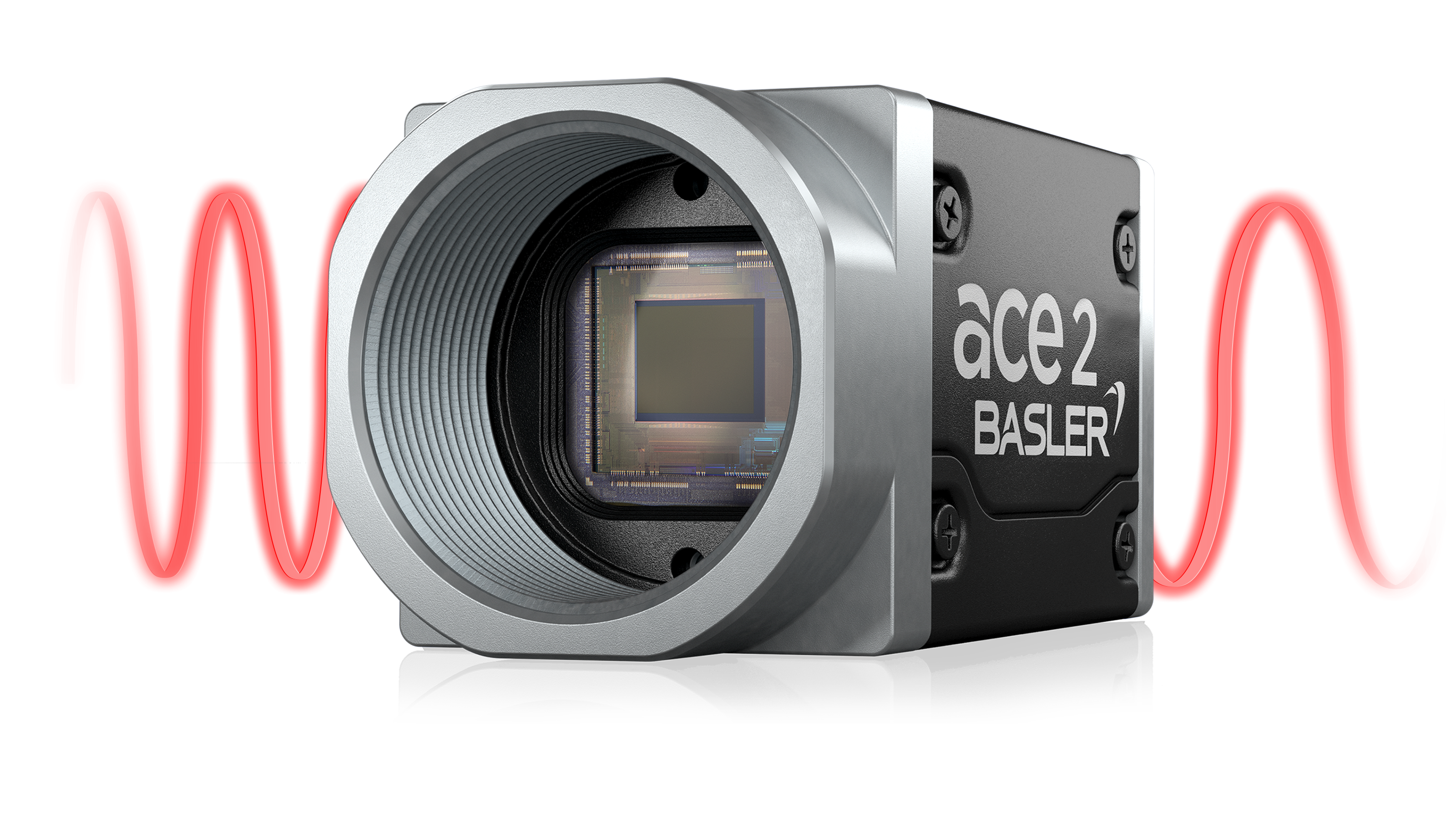For any new company seeking to enter the high-tech, capital-intensive SWIR camera market, a well-defined and strategically focused approach is not just advisable—it is an absolute prerequisite for survival. The formulation of effective Swir Camera Market Entry Strategies must begin with a clear acknowledgment of the industry's immense barriers to entry. A startup cannot realistically expect to build its own InGaAs sensor foundry to compete with the vertically integrated giants like Teledyne FLIR. That is a multi-billion dollar endeavor requiring decades of expertise. Therefore, a successful entry must be based on a strategy of disruptive innovation or deep niche specialization, avoiding a direct, head-on confrontation with the established leaders. The key is to either fundamentally change the underlying technology to disrupt the cost structure of the market or to build a superior, full-stack solution for a very specific problem that the major players have overlooked. A general-purpose SWIR camera is a commodity in a market of giants; a specialized solution is a defensible asset.
The most high-risk, high-reward entry strategy is to focus on developing a disruptive, low-cost sensor technology. The single biggest factor limiting the widespread adoption of SWIR has been the high cost of InGaAs sensors. A startup that could successfully commercialize a new sensor technology—based on materials like quantum dots or by extending the range of silicon CMOS—that offers "good enough" SWIR performance at a fraction of the cost would be a true market disruptor. This is a deep-tech, R&D-intensive strategy that requires significant venture capital funding and a world-class team of materials scientists and semiconductor physicists. However, if successful, it has the potential to unlock massive, high-volume markets like automotive ADAS and even consumer electronics, creating a multi-billion dollar company. This is a bet on a fundamental technological breakthrough changing the economics of the entire industry.
A less risky, but still highly effective, entry strategy is the "software-first" or "full-stack solution" approach. Instead of trying to innovate on the sensor, a new company can build its business by creating superior software and AI that leverages existing, off-the-shelf SWIR cameras. For example, a startup could develop a deep learning software platform that is specifically designed for analyzing SWIR imagery for a particular industrial inspection task, like detecting contaminants in recycled plastic. By offering a turnkey solution that includes the camera, the software, and the pre-trained AI model, they are selling a complete solution to a business problem, not just a piece of hardware. This value-added approach can command higher margins and create a stickier customer relationship. Another variation of this is to focus on a very specific, underserved vertical market and to build a purpose-built SWIR imaging system for that market's unique needs, such as a specialized camera for agricultural drones or a portable system for art conservation. By becoming the undisputed expert in one narrow application, a startup can build a strong and profitable business. The Swir Camera Market size is projected to grow to USD 16.99 Billion by 2035, exhibiting a CAGR of 15.35% during the forecast period 2025-2035.
Top Trending Reports -



